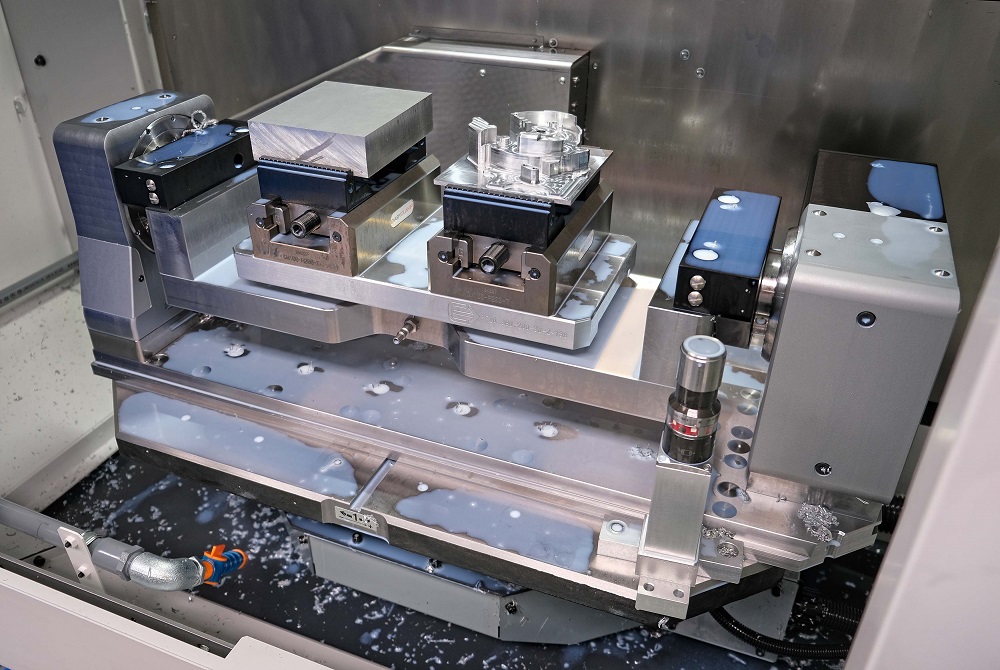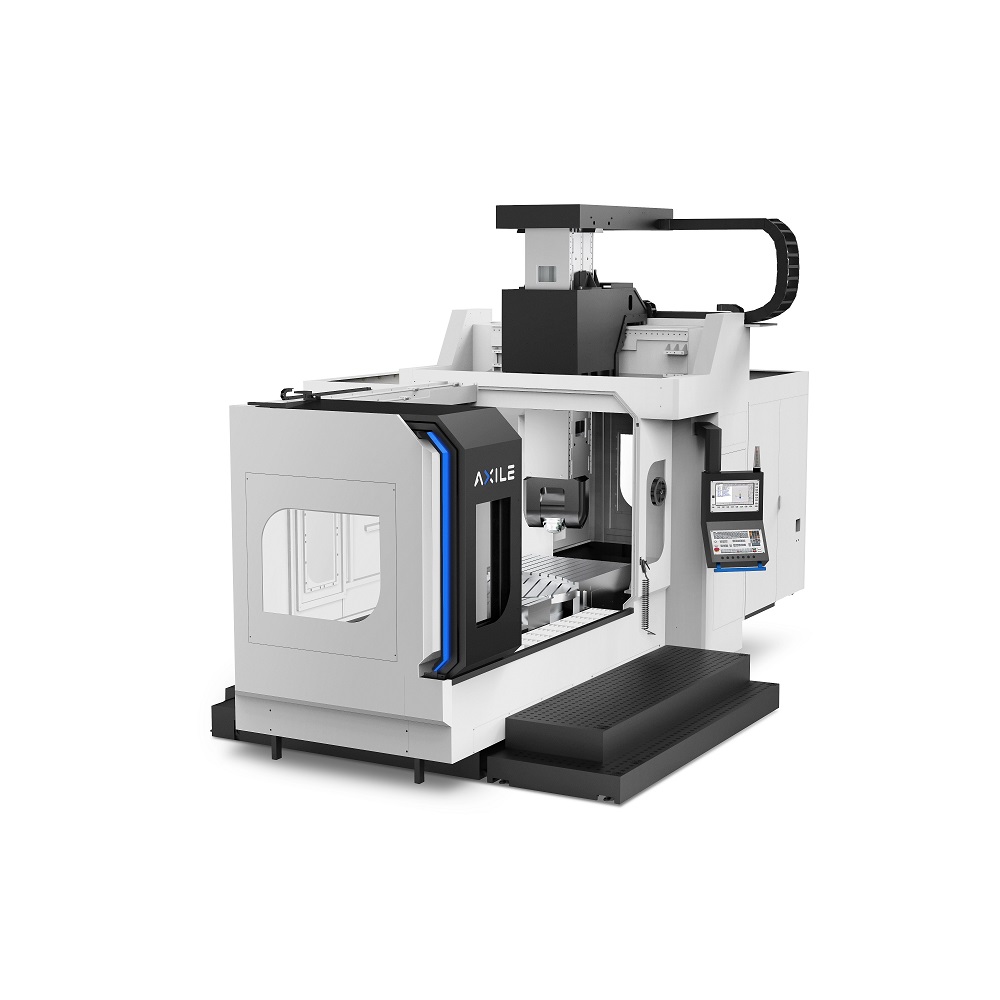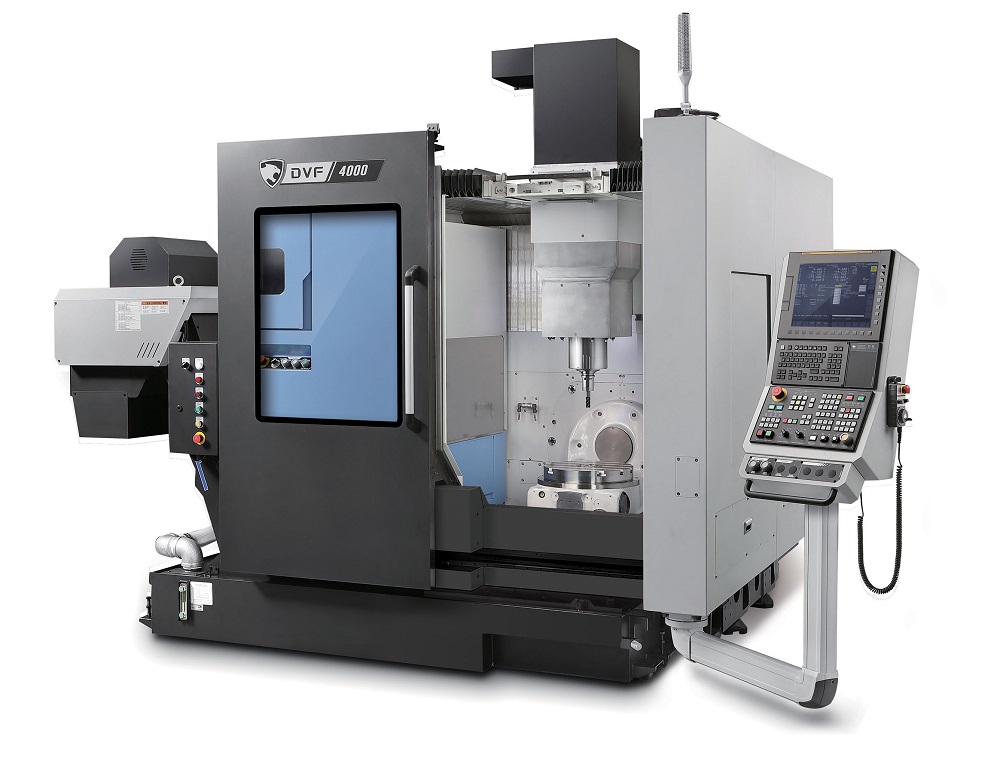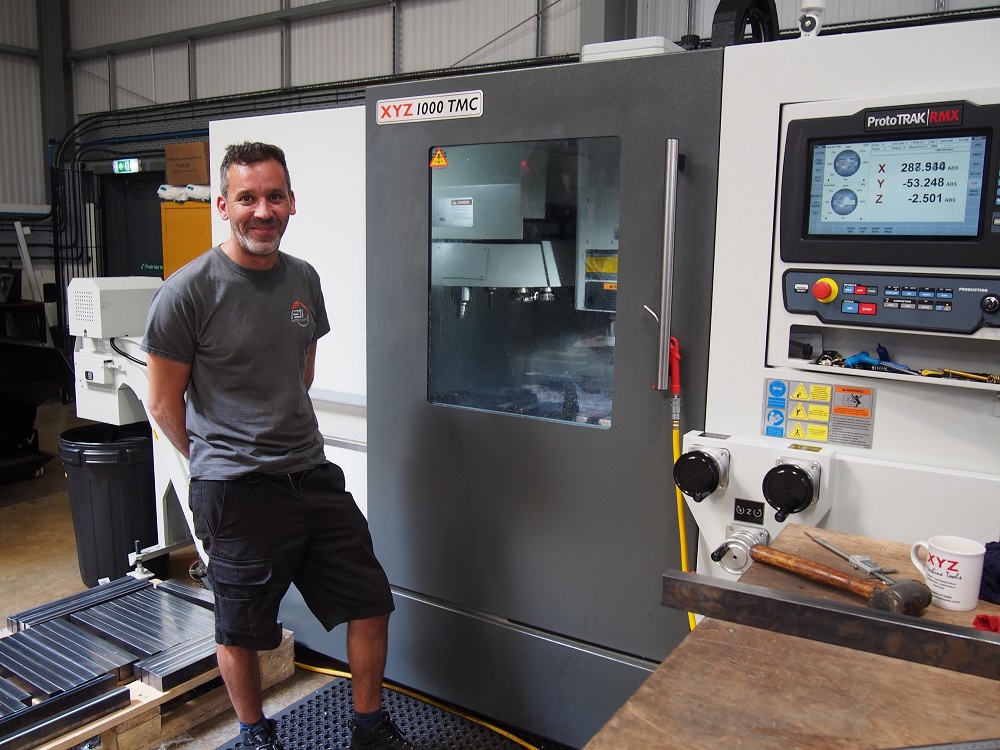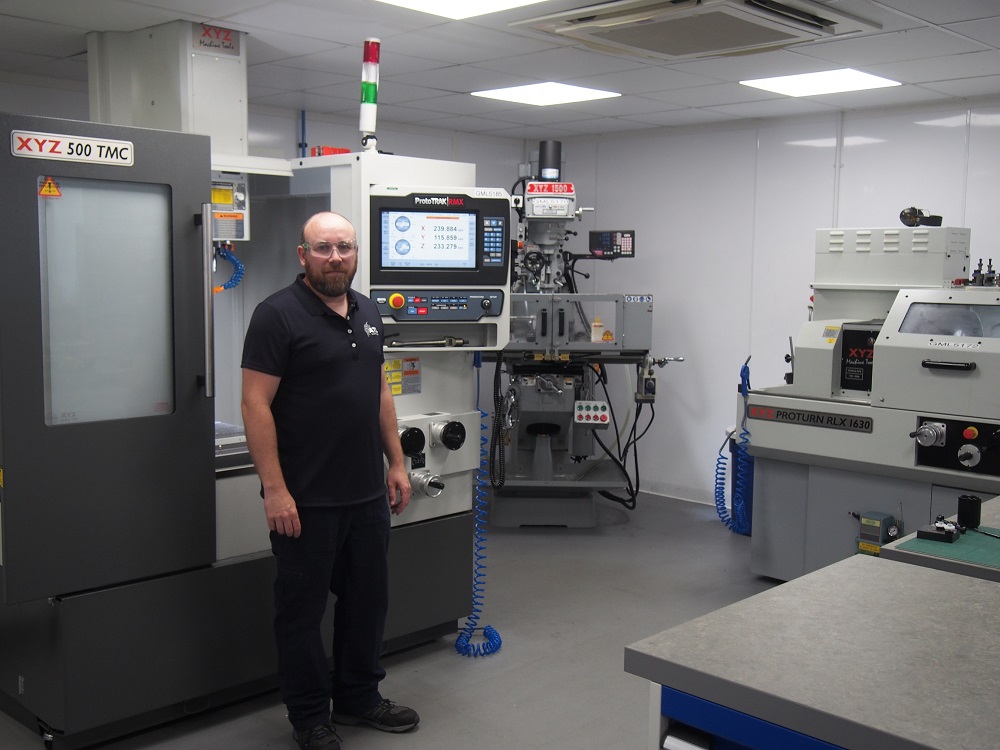These days, 30-taper machining centres are more robust and fast than formerly, and can also cut tough materials. One company discovering the merits of this type of prismatic machining equipment is Staffordshire Precision Engineering (SPE) of Newcastle-under-Lyme. The subcontractor recently purchased a Brother R650X2 30-taper four-axis machining centre with a table-mounted indexing trunnion from the Japanese manufacturer’s sole sales agent in the UK and Ireland, Whitehouse Machine Tools. Programming support and unlimited training formedpart of the deal.
The machine is the subcontractor’s first 30-taper machine and is today producing aluminium parts for the aerospace, Formula 1, high-end automotive, scientific, medical and other industries. The material currently accounts for about 60% of prismatic component production in the factory. However, it so happened that the first job put on the Brother involved the production of a batch of 304 stainless steel pivot blocks for an aerospace customer.
It was at this point that Phil Smith, joint managing director of SPE (alongside brother Gary), realised that he had been harbouring an incorrect view that 30-taper machines are unable to cut tough metals productively. He is now convinced that modern Brother machines, with their high-torque spindles, are far more robust than he thought.
There are numerous 40-taper VMCs on site that are between 10 and 15 years old.The company will gradually replace these machines with more capable and productive plant. Smith predicts that the four-axis Brother will do the work of two of these older models. For instance, the R650X2 produced the aerospace pivot block in just two operations in a cycle time of 15 minutes, whereas one of the older machines took 38 minutes to produce the part in four operations. Moreover, there is now far less workpiece handling and work-in-progress.
For further information www.wmtcnc.com






